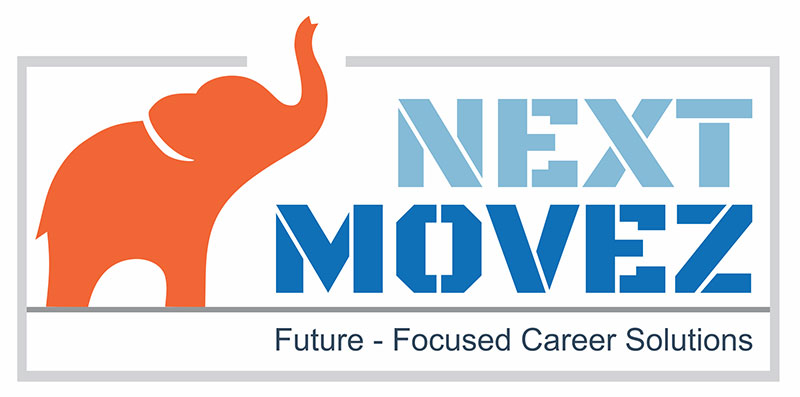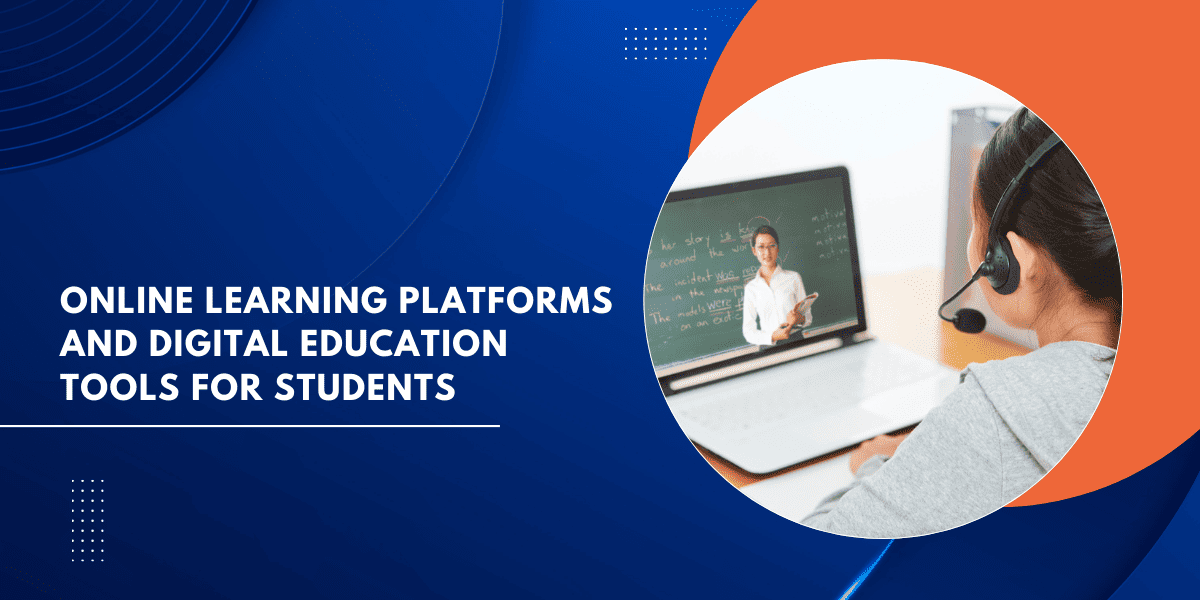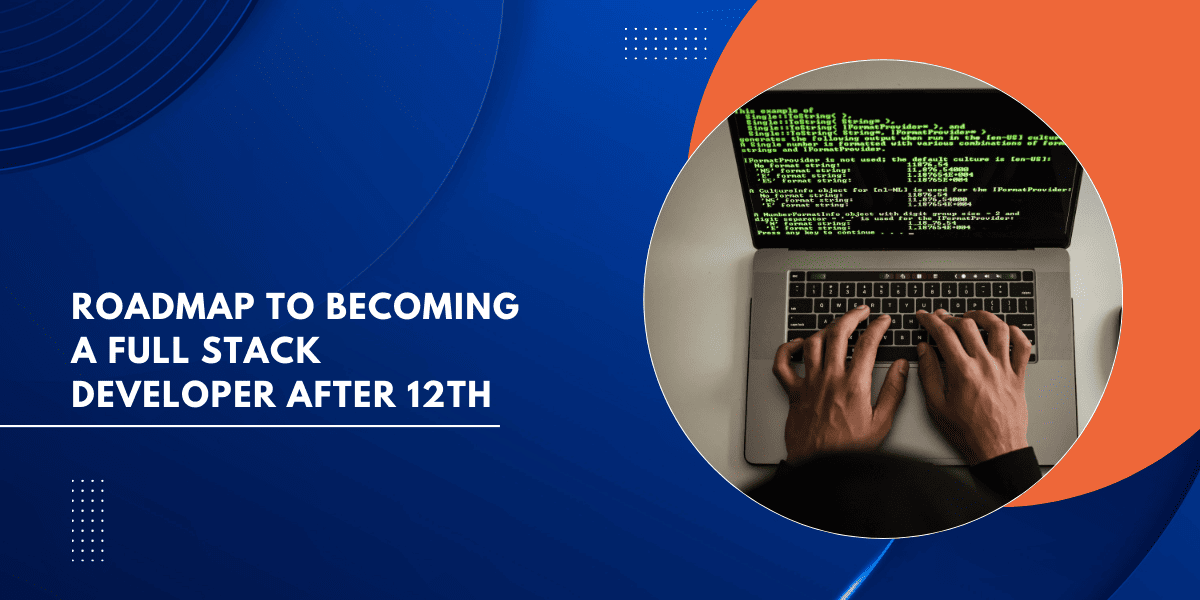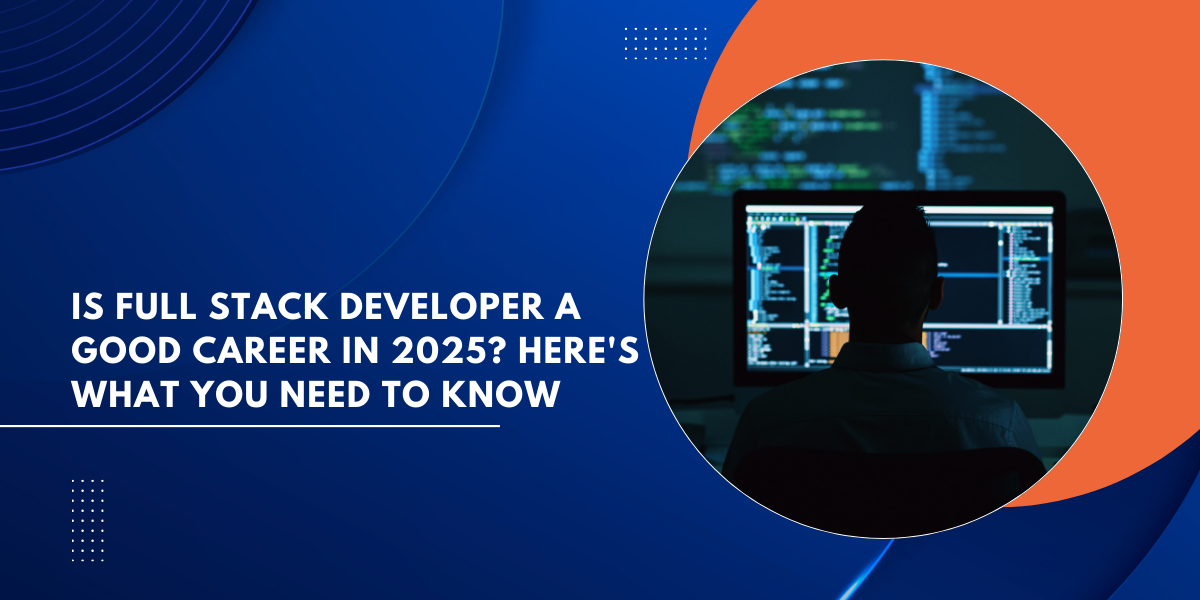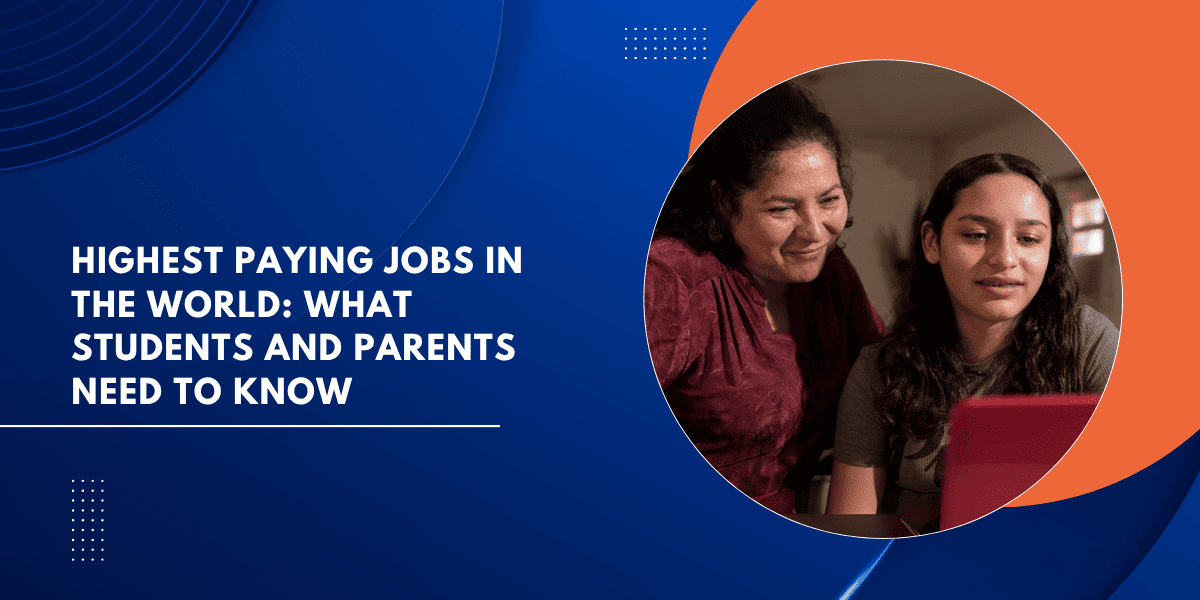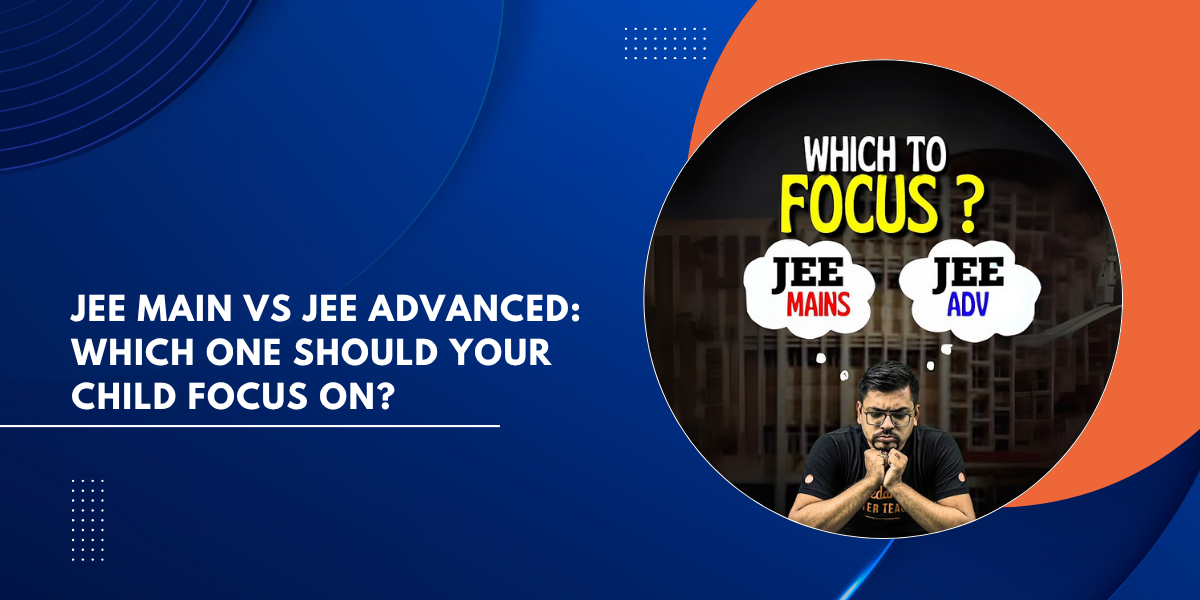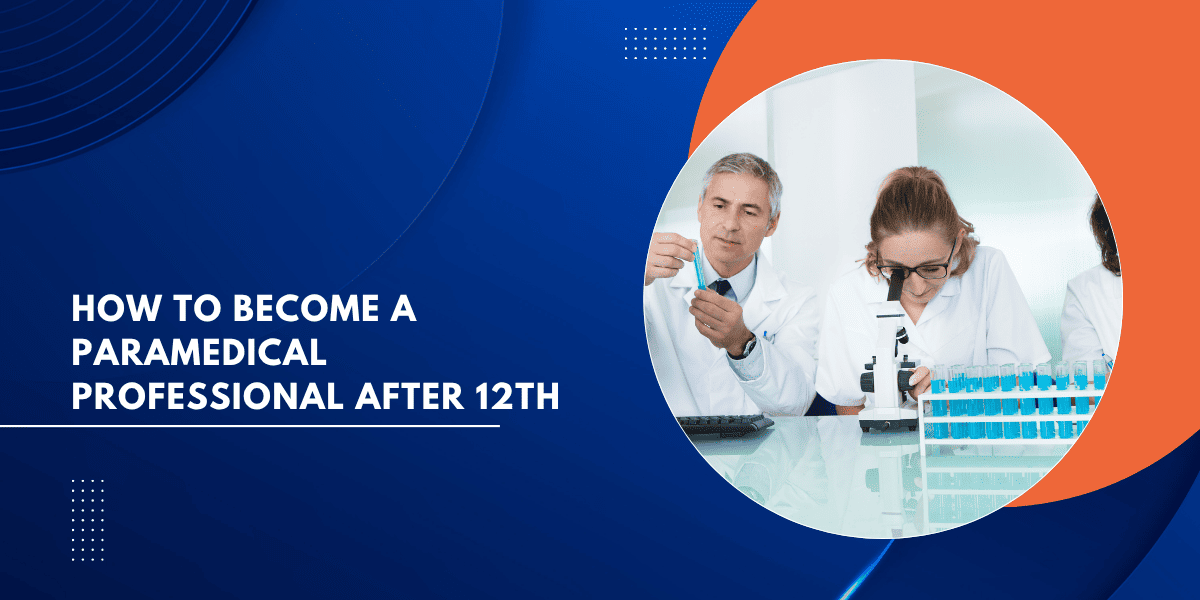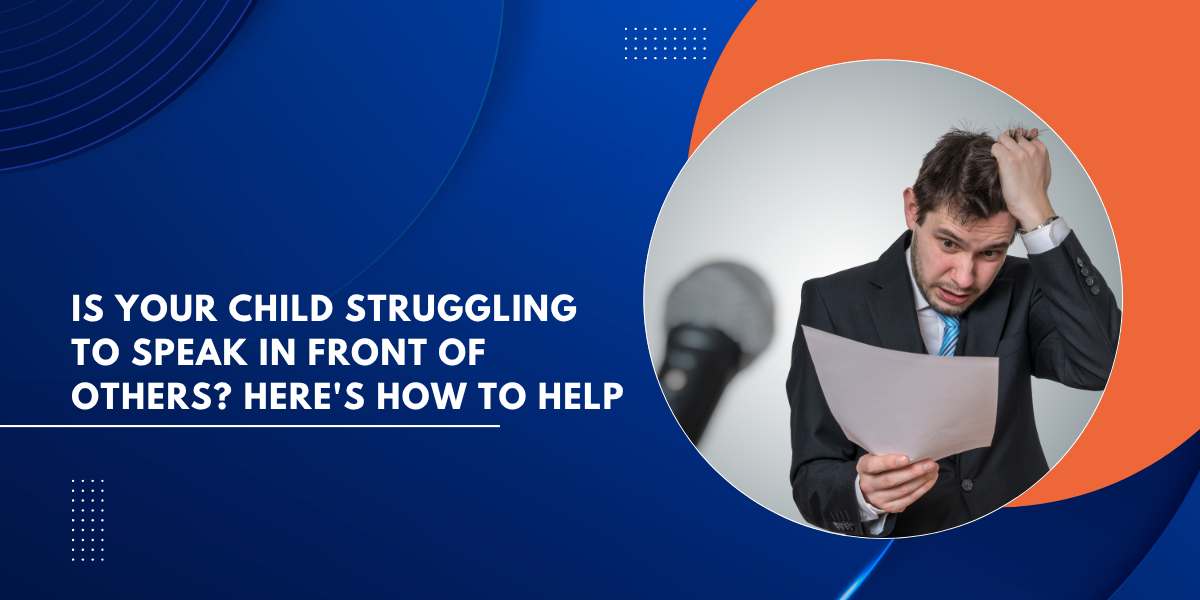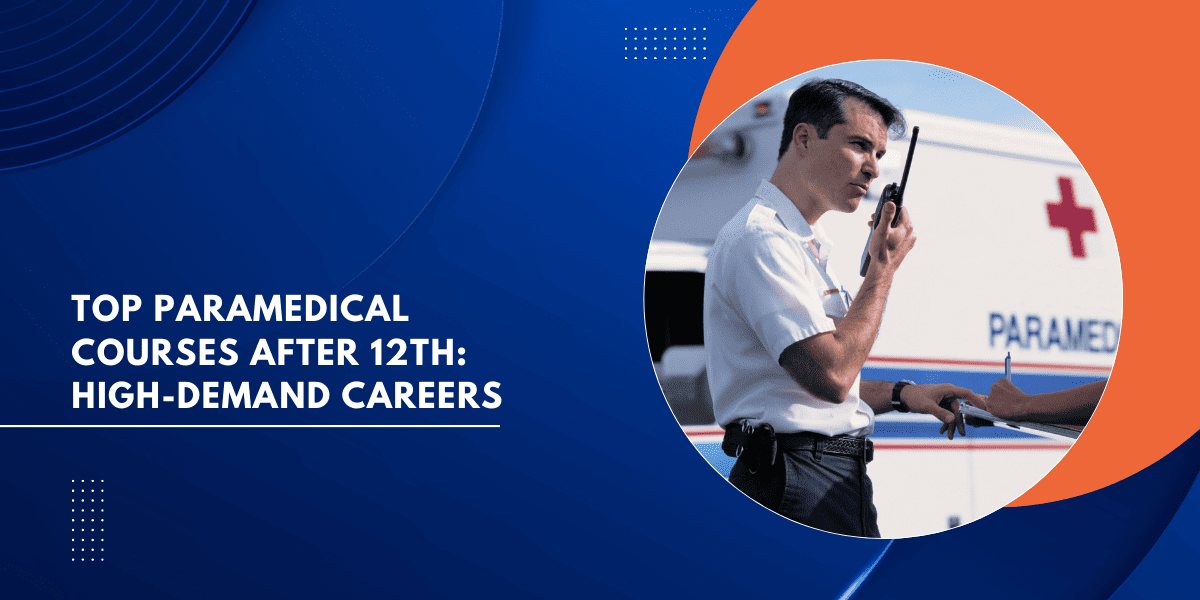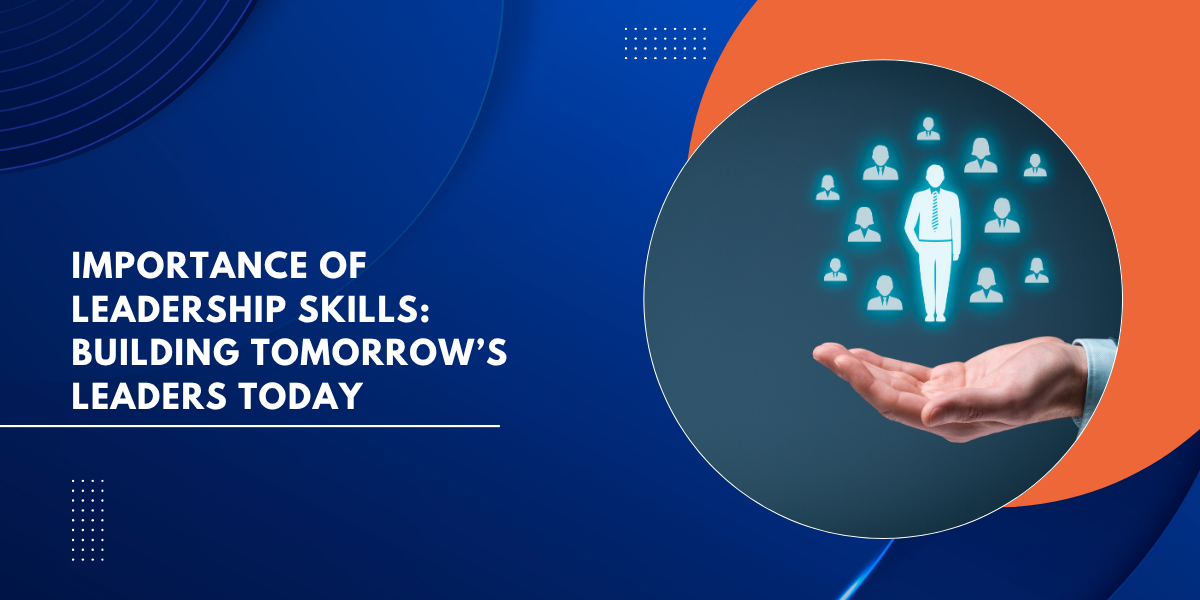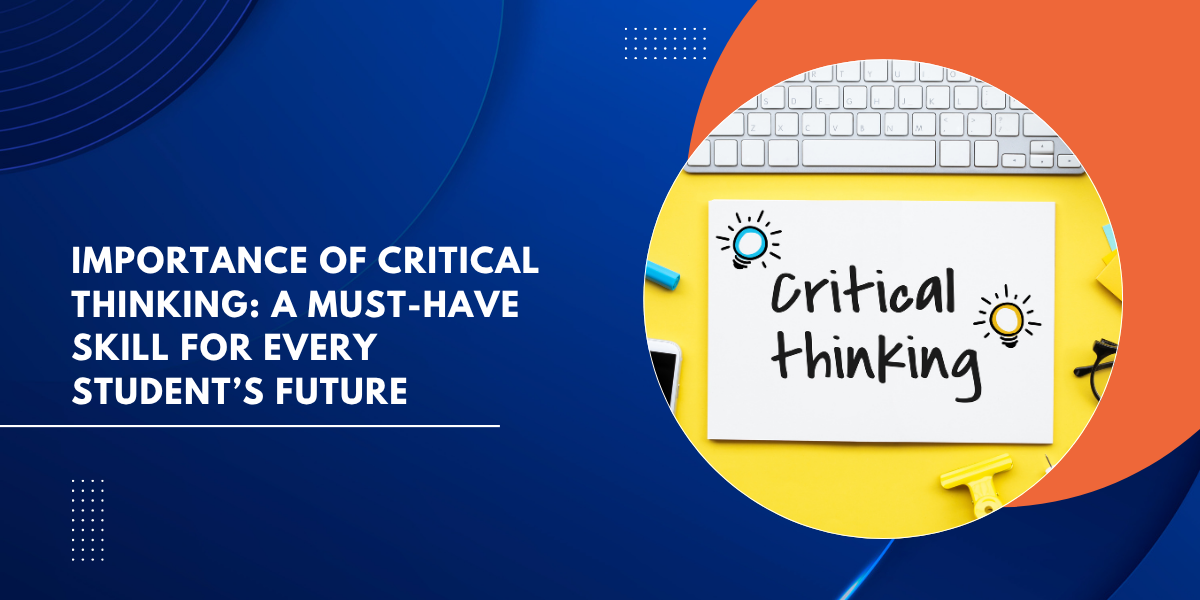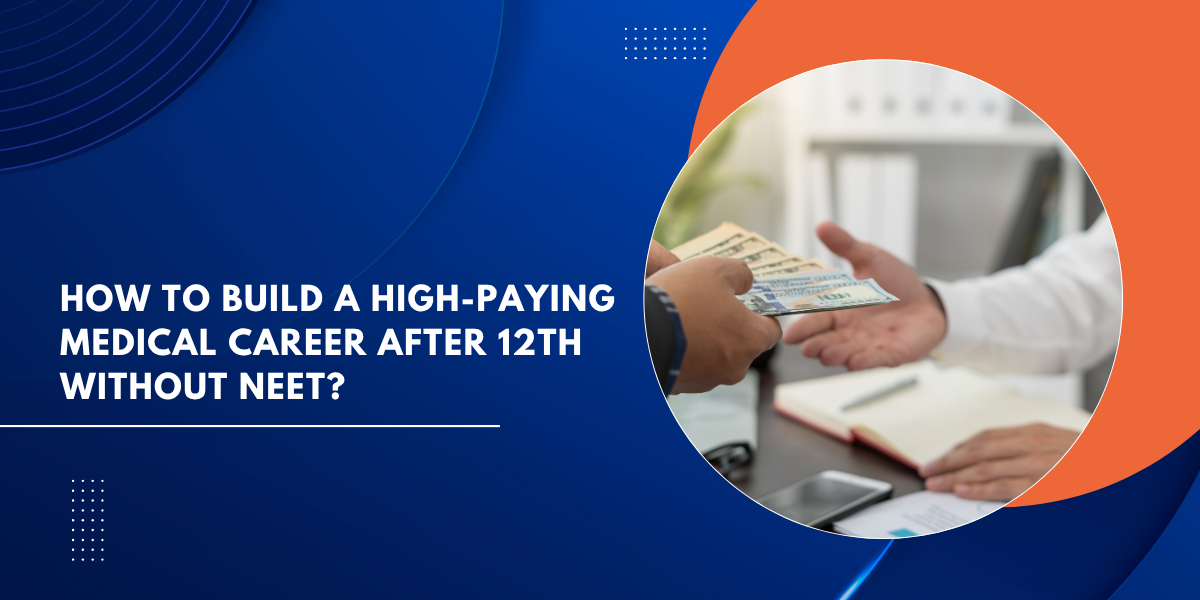Introduction: The Dream of Flight
When Ananya was 9, she couldn’t stop staring at planes soaring above her apartment. Her dream was simple—“I want to be up there someday.” Fast-forward to Class 11, she was torn between becoming a commercial pilot or joining the Indian Air Force. Sound familiar?
Becoming a pilot is one of the most thrilling, prestigious, and high-responsibility careers out there. Whether you’re navigating a Boeing 787 across continents or flying a defense aircraft in complex airspace, the role is both challenging and rewarding.
Commercial vs. Defense Pilot: What's the Difference?
- Commercial Pilots fly passengers or cargo for airlines. Their path is through flying schools, civil licenses, and type-rated aircraft.
- Defense Pilots serve in the Indian Air Force (IAF), Navy, or Army Aviation Corps. They fly fighter jets, transport carriers, or helicopters under rigorous discipline and training.
Is Being a Pilot Future-Proof?
With rapid advancements in automation, many wonder—will pilots still be needed in the future? The answer is a strong yes. While cockpit technology continues to evolve, the human pilot remains irreplaceable when it comes to critical thinking, decision-making, and managing complex, unpredictable scenarios mid-air.
Rather than replacing pilots, AI is becoming a co-pilot—supporting data analysis, route optimization, and predictive maintenance. This means the future of aviation will need even more skilled pilots who are tech-savvy, emotionally intelligent, and capable of working seamlessly with intelligent systems.
In short: the aviation industry isn’t shrinking—it’s upgrading.

Key Responsibilities & Work Environment
What Do Pilots Really Do?
Behind the glamour of the uniform and the thrill of flying lies a job that demands precision, discipline, and constant decision-making. From pre-flight checks to navigating unpredictable weather, pilots are trained to manage both routine and high-pressure situations—ensuring safety, efficiency, and smooth travel every time they take off.
- Pre-flight checks – Inspect systems, fuel, and weather.
- Flight planning – Decide on routes, altitudes, and alternates.
- Aircraft operation – Control takeoff, cruise, and landing.
- System monitoring – Watch engine performance and fuel levels.
- Communication – Liaise with ATC, co-pilot, and cabin crew.
- Emergency handling – Make life-saving decisions under pressure.
- Logbook upkeep – Record all flight details meticulously.
Work Environment
A pilot’s work life is anything but ordinary. With ever-changing schedules, new destinations, and high-stakes responsibilities, the environment is dynamic, collaborative, and physically demanding. Whether flying commercial jets or defense aircraft, pilots must stay sharp, adaptable, and ready for challenges at 30,000 feet—and beyond.
- Irregular Schedules: Pilots often work in shifts, including early mornings, late nights, weekends, and holidays.
- Travel-Heavy Lifestyle: Expect frequent domestic and international travel, often across time zones.
- Strict Safety Protocols: Every flight follows a detailed checklist—from pre-flight inspections to post-landing documentation.
- Cockpit Collaboration: Pilots work closely with co-pilots and communicate constantly with Air Traffic Control (ATC) and ground staff.
- Rest Regulations: Duty hours are strictly monitored to avoid fatigue and ensure peak performance.
- High-Stress Conditions: Quick thinking is crucial, especially in turbulent weather or during technical snags.
Defense Aviation Environment:
- Discipline & Routine: Highly structured schedules with rigorous physical training and mission prep.
- Mission-Oriented Flights: Flying includes combat missions, surveillance, cargo drops, or emergency evacuations.
- Extreme Environments: Operations can involve high altitudes, varying climates, and remote locations.
- Advanced Training: Frequent simulation and real-time drills to maintain readiness and skill.
- Team Synergy: Close coordination with squadron members, ground crew, and command units.
- Mental Endurance: Requires strong mental resilience and the ability to operate under pressure and uncertainty.

Educational Pathways & Qualifications
Civil Aviation Route – Step-by-Step Breakdown
Becoming a commercial pilot in India involves a structured pathway governed by the Directorate General of Civil Aviation (DGCA). Here’s how to navigate it:
1️. 10+2 with Physics & Math (or equivalent)
Begin with a strong foundation in science. You must complete your higher secondary education (10+2) with Physics and Mathematics as core subjects. If you didn’t take these subjects, you can pursue them through the National Institute of Open Schooling (NIOS) or similar boards.
2️. Join a DGCA-Approved Flying School
Enroll in a DGCA-recognized flying school, either in India or abroad. These institutes provide both ground training and actual flight sessions under experienced instructors.
3. Get a Student Pilot License (SPL)
This is your first official license. After passing a basic written test and a medical exam, you’ll receive your SPL, which allows you to begin practical flight training.
4️. Progress to Private Pilot License (PPL)
Once you complete around 40–50 hours of flight training, you can earn your PPL. This license permits you to fly for personal use but not for commercial purposes.
5️. Accumulate Flying Hours & Obtain a Commercial Pilot License (CPL)
To qualify for a CPL, you need a minimum of 150–200 flying hours (varies by country and institute). After clearing DGCA exams and completing these hours, you’ll earn your CPL—your gateway to professional pilot jobs.
Defense Route – Indian Air Force
Entry Point | Age | Eligibility | Physical/Medical Eligibility | Selection | Training | ||
NDA (Post-12th) | Unmarried male/ female candidates aged 16½ to 19½ | 10+2 of pattern of school or equivalent by State Education Board | Candidates must be physically and mentally fit (free from any disease /syndrome/disability) | NDA exam + SSB + PABT + Medicals | National Defence Academy + Air Force Academy | ||
CDS/AFCAT (Post-Graduation) | Unmarried male/ female candidates aged 16½ to 19½ |
| Candidates must be physically and mentally fit (free from any disease /syndrome/disability) | Written test + SSB + PABT + Medicals | Air Force Academy (Dundigal) |
Entrance Exams: Civil & Defense
Route | Exam Name | Frequency | Subjects | Format |
Civil | IGRUA Entrance, Indigo Cadet Program, CAE, Capt. Gopi Aviation Exam | 1–2 times/year | Physics, Math, English, Reasoning | Mostly offline; MCQs |
Defense | NDA, CDS, AFCAT | Twice/year | Math, General Ability, Reasoning, English | Offline; NDA also includes SSB & PABT rounds |
Soft Skills & Technical Abilities
Soft Skills
- Stress management and staying calm under pressure – Pilots often face high-stress situations—like turbulence or emergencies—where staying calm ensures better judgment and safety.
- Communication and interpersonal skills – Clear and precise communication with air traffic control, co-pilots, and cabin crew is critical for smooth operations and passenger safety.
- Teamwork and leadership – Pilots must coordinate with their team, make quick decisions, and lead effectively, especially in high-pressure or unexpected scenarios.
- Situational awareness – Being alert to everything happening inside and outside the aircraft helps pilots anticipate and avoid potential threats or issues.
- Problem-solving and quick decision-making – In fast-changing environments, pilots must analyze situations quickly and act decisively to ensure flight safety.
Technical Abilities
- Knowledge of physics, mechanics, and math – Understanding core scientific principles helps pilots grasp flight dynamics, fuel calculations, and aircraft operations.
- Meteorology and air navigation skills – Pilots must interpret weather patterns and navigate across global airspace using aviation charts and tools.
- Cockpit instrument handling – Operating and monitoring various cockpit instruments is essential for maintaining flight path, altitude, and system checks.
- Simulator competence – Training in flight simulators prepares pilots for real-life flying and emergency handling without risk.
- Aviation software & communication system usage – Pilots use specialized software and radio systems to receive instructions, monitor systems, and ensure seamless coordination with control towers.
Career Progression & Roles
Role | Description |
Commercial Pilot License (CPL) Holder | Entry-level license to begin as First Officer |
First Officer / Co-Pilot | Assists the Captain and logs flight experience |
Captain / Pilot-in-Command | Takes full control of aircraft and safety |
Senior Captain / Line Training Captain | Mentors junior pilots, leads training |
Chief Pilot / Fleet Supervisor | Manages operations, compliance, pilot performance |
Instructor / Simulator Trainer | Teaches future pilots via theory & simulators |
Special Aviation Roles | Private jets, drones, medical or military aviation |
Salary Expectations & Return on Training (ROT)
Career Stage | India Salary (Monthly) | Global Salary (Annual) |
Entry-Level | ₹1.5L – ₹2.5L | $60,000 – $90,000 |
Mid-Level | ₹3L – ₹5L | $90,000 – $120,000 |
Senior Pilot | ₹8L – ₹10L+ | $150,000+ |
ROI – Is It Worth It?
- Training cost: ₹35–50 lakhs
Becoming a commercial pilot involves a significant upfront investment in training, flying hours, and licensing. - Break-even: Typically within 3–5 years post-hiring
Most pilots recover their investment within a few years of flying professionally, thanks to competitive salaries and consistent demand. - Support: Scholarships, cadet programs, and aviation loans available
Airlines like IndiGo and SpiceJet offer structured cadet programs, while banks and aviation academies provide financial aid options to ease the burden.
Mini-Courses for Future-Ready Pilots
Short-term certifications in areas like drone operations, flight safety, or advanced navigation can enhance your skills and open up niche career avenues—both in India and internationally.
Specialized short courses (India & abroad):
- AI & Automation in Aviation
- Flight Data, Safety & Predictive Analysis
- Advanced Simulator & Virtual Cockpit Training
- Navigation, Cybersecurity & Drone Integration
- Soft Skills & Pilot Psychology
Institutes offering tech-focused pilot training:
Institute | Unique Offering |
IGIAT, Delhi | Glass cockpit, FMS, & modern simulators |
Capt. Sahil Khurana Academy | Modern tech + pilot mentorship |
CAE (Mumbai/Bangalore) | AI-enabled flight simulators |
FSTC | Type-rating for Airbus/Boeing |
DroneAcharya | Drone & eVTOL pilot training |
Who Should Consider This Career?
This career is ideal for those with a passion for flying, a love for technical challenges, and the resilience to thrive in a high-responsibility, ever-evolving environment.
- You’re passionate about flying and dream of being in the cockpit.
- You enjoy science and math, and you’re comfortable with technical subjects like physics and navigation.
- You have strong decision-making skills, especially under pressure.
- You’re physically fit and mentally alert, meeting the medical standards required.
- You’re open to a dynamic lifestyle, including irregular hours and travel.
- You value continuous learning, as pilots must regularly update their knowledge and skills.
- You’re looking for a high-prestige, high-responsibility career with strong growth potential.
Ready to Take Off?
Whether you aim to glide through the clouds as a commercial pilot or soar with the Indian Air Force, your aviation journey starts today. Understand the path, plan smartly, and prepare holistically. The sky isn’t the limit—it’s just the beginning.
Need help building your aviation roadmap?
Message us and let’s chart your flight plan together.
